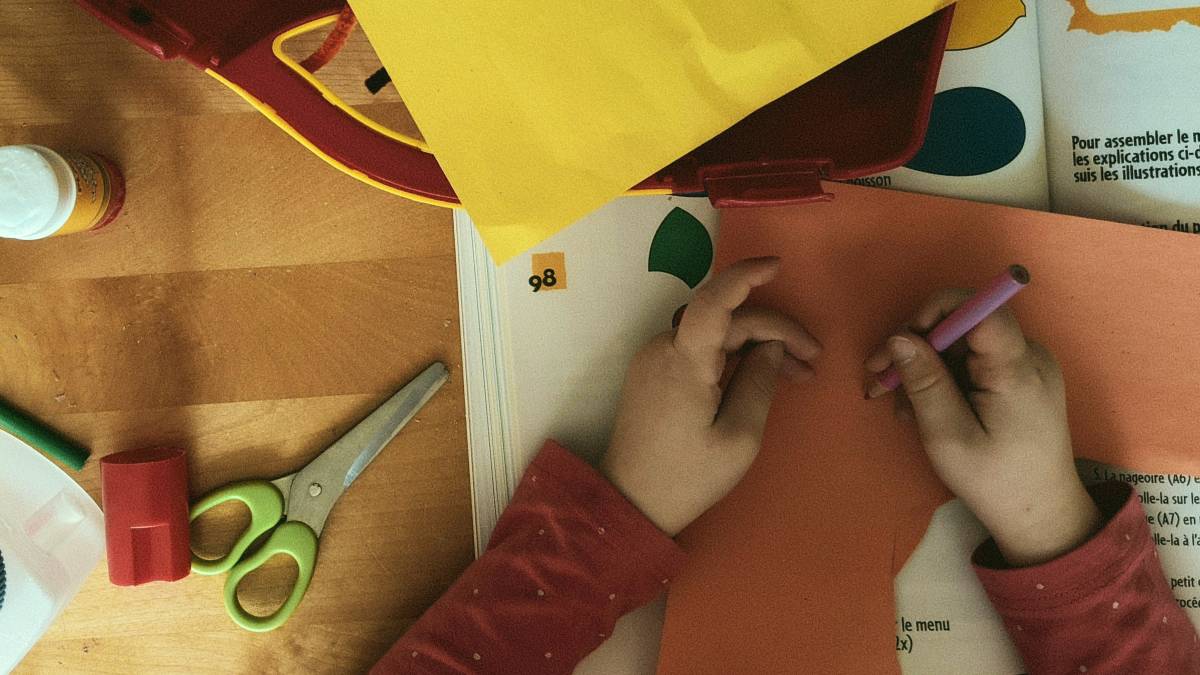
Studies Show That Tapping Into Your Inner Child Makes You A Better Learner
From walking to talking, children are exceptionally fast learners. Here's two ways that you can learn from them.

By Mark Travers, Ph.D. | February 07, 2024
Being a quick learner is a real superpower. We've all met someone who has it. These people seem to have a natural knack for picking up new skills and information. They can play a complex piece of music on an instrument they just picked up, speak a new language after a few months of exposure or memorize a bunch of obscure history trivia over a weekend. And, if we're being totally honest, we probably envy them. But you know who else makes learning seem effortless? Kids.
According to 2022 research published in Perspectives on Psychological Science, children have some surprising advantages over adults when it comes to learning. Here are two ways children learn better than adults from the research, and how you can apply these insights to your own learning.
1. Children Understand How To 'Take A Chance'
We encounter probabilistic information every day, whether we are checking the weather forecast, playing a game of cards or making a decision based on incomplete or uncertain information.
The researchers found that children are, surprisingly, more rational and accurate than adults when using probabilistic information to make decisions or judgments.
Accurately making predictions based on probabilistic information may help them in interesting ways. In a classic experimental game, participants were presented with multiple lights. They were told they could select one of the lights by pressing its corresponding button. The goal was to win a small prize if the light they selected lit up.
However, what the participants didn't know was that each light had a fixed chance of lighting up. For example, the left light might light up 75% of the time, the middle light 25% of the time, and the right light might never light up. To increase their chances of winning, participants should choose the option with the highest probability most of the time. In this case, they should almost always choose the left light because it lights up most often.
But here's where it gets interesting: adults tended to press the buttons in proportion to how often the lights lit up. So, they would choose the left light 75% of the time and the middle light 25% of the time, leading to several erroneous predictions. On the other hand, 3- to 5-year-old children were more likely to always choose the left light, the one that lit up most often.
This strategy, known as "maximizing," actually gives them a better chance of winning the game. Children do this due to their limited working memory, as tracking the most common outcome is easier than tracking all the outcomes.
Sometimes, as an adult trying to learn, it might be better to consistently rely on the most likely outcome rather than trying to outsmart the probabilities. Yes, there are times when our developed cognitive abilities allow us to look at a problem from all angles and estimate probabilities of events occurring. But, other times, when we are trying to learn a new skill or talent, maybe we need to take a what-you-see-is-what-you-get approach to choices and chance.
For instance, when learning a new language, children often intuitively pick up on the most commonly used words and phrases rather than trying to memorize complex grammar rules from the start, an approach that adults can struggle with but could benefit from adopting.
2. Children Understand Cause-And-Effect Relationships Intuitively
Young children, despite their rather immature cognitive abilities, often excel in tasks involving causal reasoning. They can pick up on patterns that older children and adults might miss due to their less controlled exploration and openness to new hypotheses, according to studies.
Their cognitive abilities, such as working memory and integration abilities, influence how they weigh information when making inferences. They tend to stick with observed data, possibly due to difficulties in integrating evidence with their prior beliefs. In contrast, older children and adults, while better equipped to handle all available data, may overweigh their prior beliefs, leading to more biased inferences when these beliefs conflict with the data at hand.
These findings suggest that adults can learn from children's intuitive understanding of cause-and-effect relationships, particularly the importance of remaining open to new hypotheses and not allowing prior beliefs to overshadow observed data.
Conclusion
Infants and young children are prodigious learners, in part, because they are restricted by their underdeveloped cognitive ability. As adults, we sometimes tend to overcomplicate the process of learning something new and forget that prior information can, at times, be a barrier in learning. What truly matters is having the confidence that we can learn at any age.
A big part of learning is being open to trying new experiences. Unsure how you rank on this personality dimension? Take the Openness To Experience Scale here.
A similar version of this article can also be found on Forbes.com, here.
